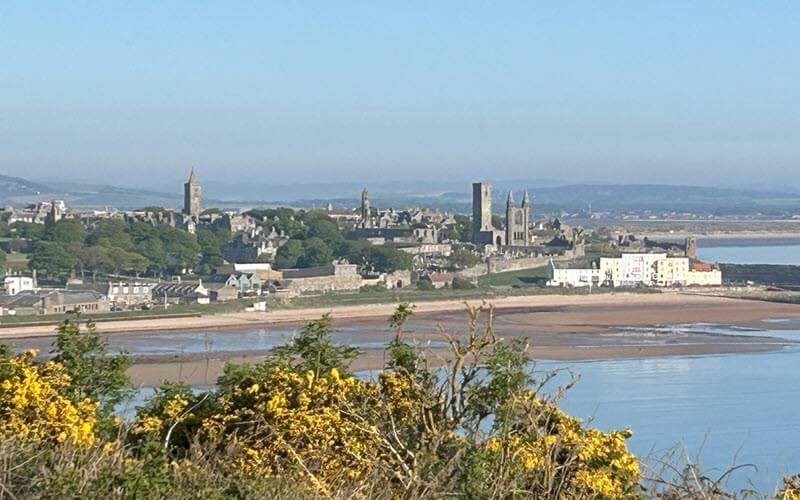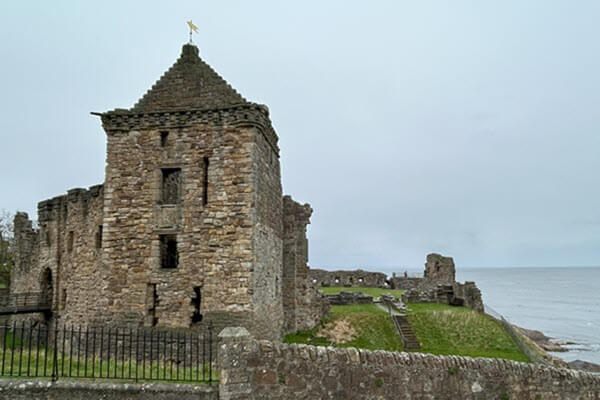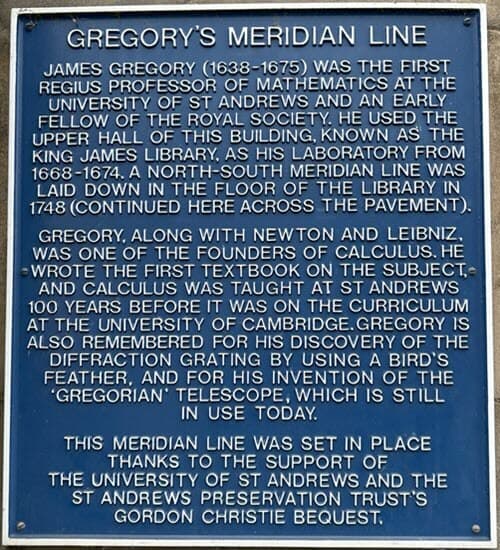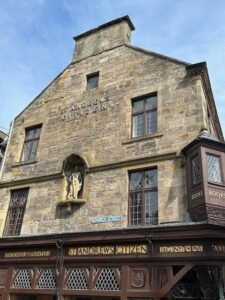St Andrews Fife is one of Scotland’s most historic towns. Although best known today as the “home of golf,” its significance reaches far beyond sport.
For centuries, St Andrews has played an important role in Scottish life as a centre of religion, education, and intellectual influence.
A Centre of Religion
To begin with, the town takes its name from Scotland’s patron saint, Saint Andrew, whose relics were said to have been brought to the area by early Christian missionaries. By the 11th century, St Andrews had become the ecclesiastical capital of Scotland.
The construction of St Andrews Cathedral began around 1160 and took about 150 years or so to finish.
It became the seat of the Archbishop of St Andrews and remained a major pilgrimage site until its decline during the Reformation.
The official residence of the bishops and later archbishops was St Andrews Castle which was built in the late 1100s. The castle was a strategic coastal fortress as well as a luxurious residence.
Today, the cathedral’s adjoining graveyard provides valuable clues for those researching their ancestors in St Andrews Fife. You can visit both the Abbey and the Castle if you are in the area.
A Centre of Education
St Andrews Fife is home to Scotland’s oldest university. Founded in 1413, the University of St Andrews is one of the oldest in the English-speaking world.
It soon became a leading centre for intellectual and theological debate, particularly during the Scottish Reformation, when scholars in the town were at the forefront of religious change.
The Meridian Line in St Andrews Fife
St Andrews University was also at the forefront of astronomy through the work of James Gregory (1638–1675). He was a pioneering Scottish mathematician and astronomer.
Although Gregory did not create the meridian line that is visible today on South Street, his observational work laid the foundation for its later installation. The meridian line was laid in 1748, long after Gregory’s death, but it aligns with the north-south axis he had used in his astronomical studies.
Gregory is remembered for inventing the Gregorian telescope, discovering the principle of the diffraction grating, and laying foundations for calculus. Remarkably, calculus was taught at St Andrews University a century before it appeared at Cambridge.
A Centre of Printing in St Andrews Fife
The history of St Andrews also includes an early role in Scotland’s print culture. In fact, St Andrews was among the first places in Scotland where printing took place in 1558. The National Library of Scotland has wonderful information about the history of printing in Scotland.
Later, in the 18th century, James Innes became a key figure in the town’s literary and academic life. A printer and bookseller based on South Street, Innes was appointed University Printer. He regularly produced academic theses, sermons, and local publications for students and scholars.
His shop served as a hub for intellectual exchange, and his publications, often bearing the imprint “Printed for and sold by James Innes, St Andrews”, are now preserved in several major libraries.
St Andrews Fife: The Birthplace of Modern Golf
On another note, St Andrews Fife is synonymous with golf. The Old Course has hosted the sport since at least the 15th century, and the town is widely recognised as the birthplace of the modern game.
While not all family histories include golf, the sport’s long presence in the town led to employment opportunities for caddies, greenkeepers, clubmakers, and hotel staff. These roles were often recorded in 18th and 19th century documents.
Exploring St Andrews’ Historical Records
For family historians and researchers, St Andrews Fife offers a wealth of historical sources. These include kirk session minutes, valuation rolls, census returns, school logs, burial registers, and town council records.
Many records are held by the University of St Andrews and the Fife Archives. It is worth visiting the archives if your ancestors were residents in St Andrews. If you are unable to drop by, then get in touch with me and let’s see what we can do.
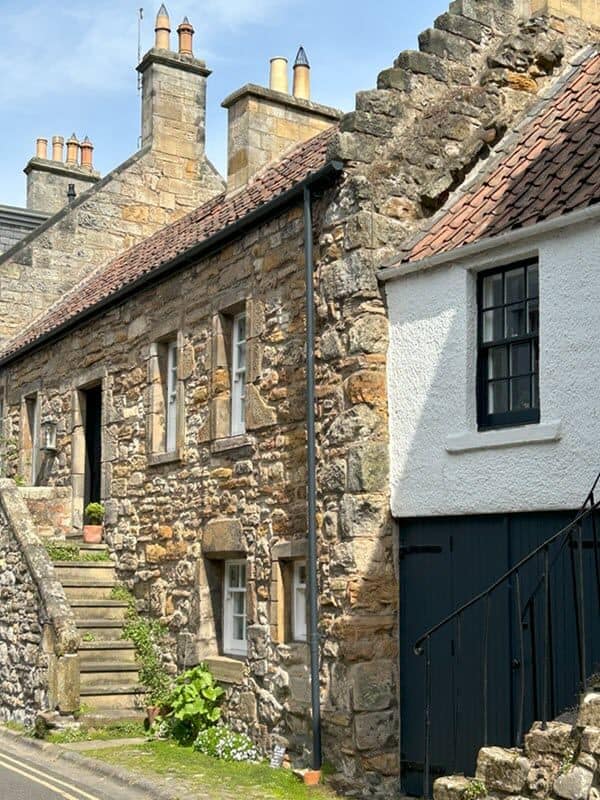
Final Thoughts
Finally, the town of St Andrews retains much of its medieval charm, with its narrow streets, stone buildings, castle and abbey.
It is well worth visiting this old town to explore its history in person and to retrace your ancestors’ footsteps through its streets, castle, graveyard, and university grounds.
Thank you for joining me on a journey into another Scottish historic town.
Please remember to leave a comment below or if you want me to write about a Scottish parish.
Good luck with your family history research.
Until my next post, haste ye back.
Enjoyed this post?
Keep up-to-date with my latest posts and tips below:
We hate SPAM & promise to keep your details safe.
Image Credits: Sarah Smith.
You may also like...
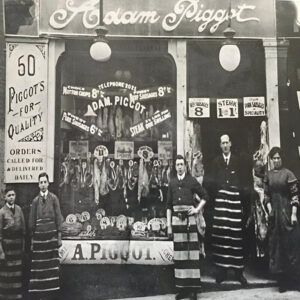
Butcher Family History: My Ancestor Was a Butcher
Learn about your butcher family history and find out what life was like for butchers in Scotland’s towns and villages.
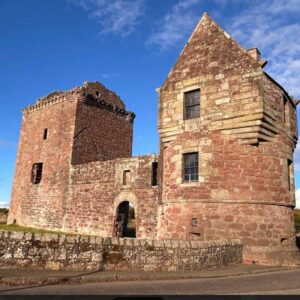
The Balfour Surname – Meaning and History
The Balfour surname is Scottish, found in Orkney, Aberdeen-shire, Angus and Fife. It is a place-name meaning “farm by the pasture.”
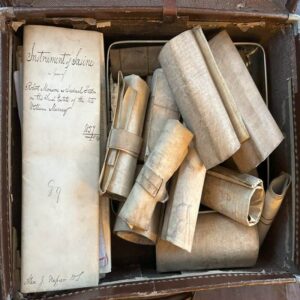
Unlocking Family Tree Secrets
A family tree was brought to life by an old suitcase revealing links to Balvaird Castle, Murrayshall and Scone Palace.
